Try a new outdoor activity this spring. Herping is the practice of searching for reptiles and amphibians.
Enlarge
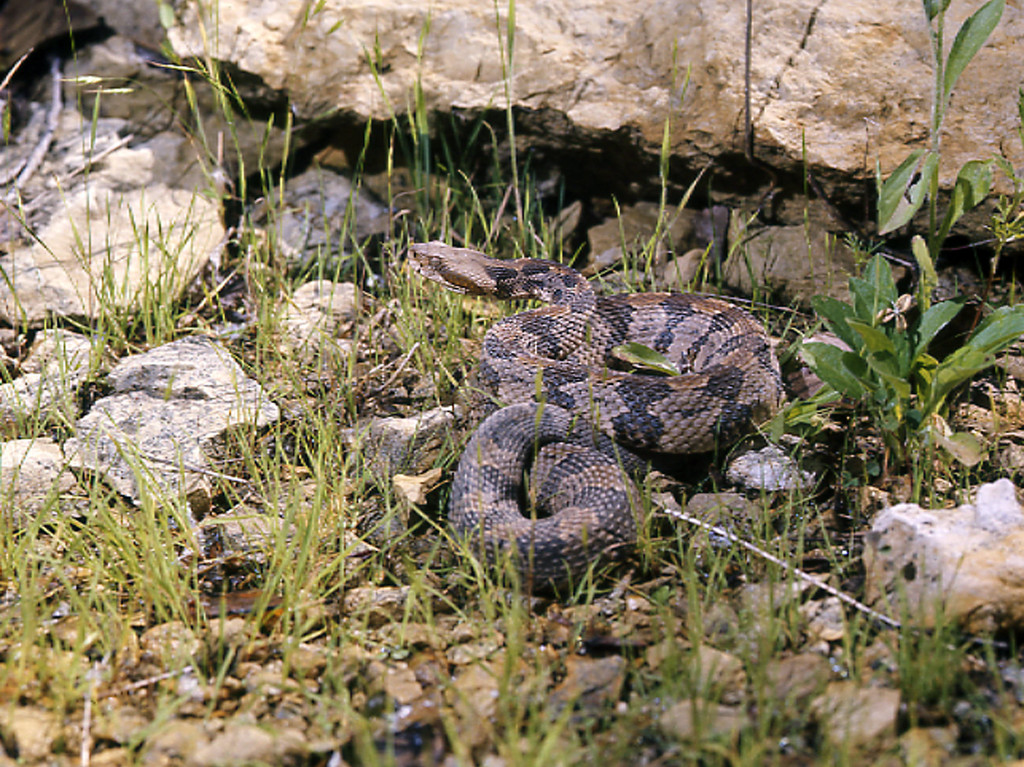
Photo by Jon Farrar, Nebraskaland Magazine
By Monica Macoubrie, Wildlife Education Specialist
Looking for ways to get kids outside and away from their screens and tablets? Taking a nature walk or going on a scavenger hunt in the backyard are classic examples. Families with children also love the idea of “firsts”: The first time their children sleep under the stars, the first time they reel in a fish or the first time they get marshmallow and chocolate all over their faces and hands while making s’mores around a campfire. While all these activities never disappoint, one activity that might be new to your family is herping.
Herping is the practice of searching for reptiles and amphibians. It is equivalent to bird watching for herpetologists, or scientists who study reptiles and amphibians. Let’s discuss the basics of herping and how to get started.
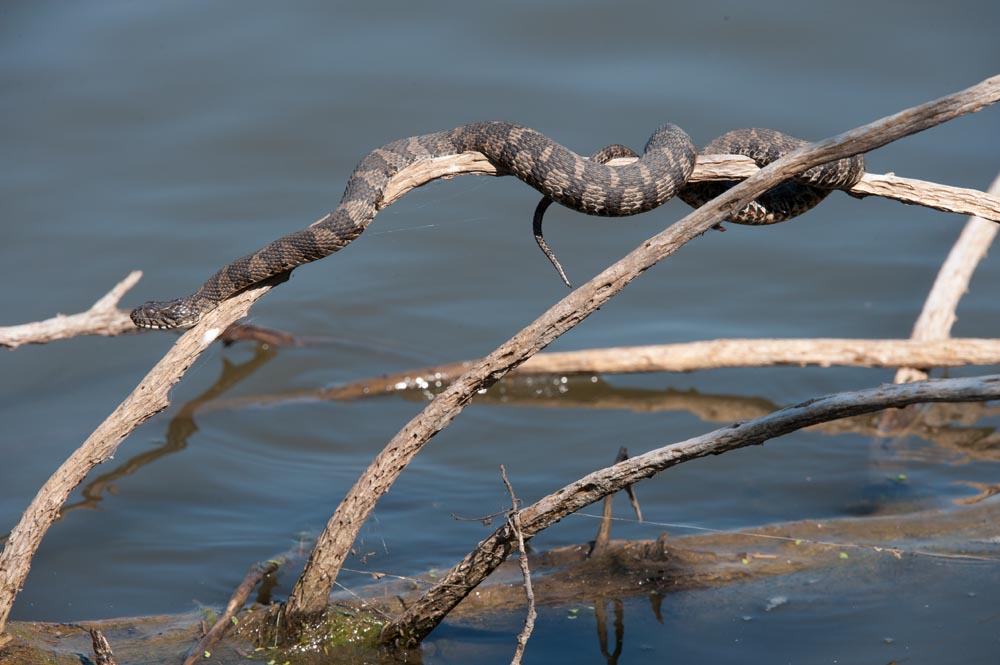
Where to Go Herping
Similar to bird watching, herping can be done almost anywhere. Many reptiles and amphibians are quite resilient and can survive and thrive in the city as well as off the beaten path. However, just like birds, there are places you can go to increase your chances of success in finding multiple species and more individuals.
Nebraska is a large state with many wildlife-viewing opportunities, including the nearly 50 species of reptiles and amphibians that inhabit its borders. Some species of herps are only found in certain parts of the state, but many species can be found across the state in various habitats. Focus on areas near water — many frogs, snakes and turtles tend to bask at the water’s edge.
Here is a brief list of the different habitats in Nebraska and the reptiles and amphibians you could potentially find in each.
Deciduous Forests
- Western rat snake
- Cope’s gray treefrog
- Western fox snake
- Common snapping turtle
Central Prairies
- Bullsnake
- Western hognose
- Woodhouse’s toad
- Prairie lizard
Sandhills
- Blanding’s turtle
- Coachwhip
- Ornate box turtles
- Six-lined racerunner
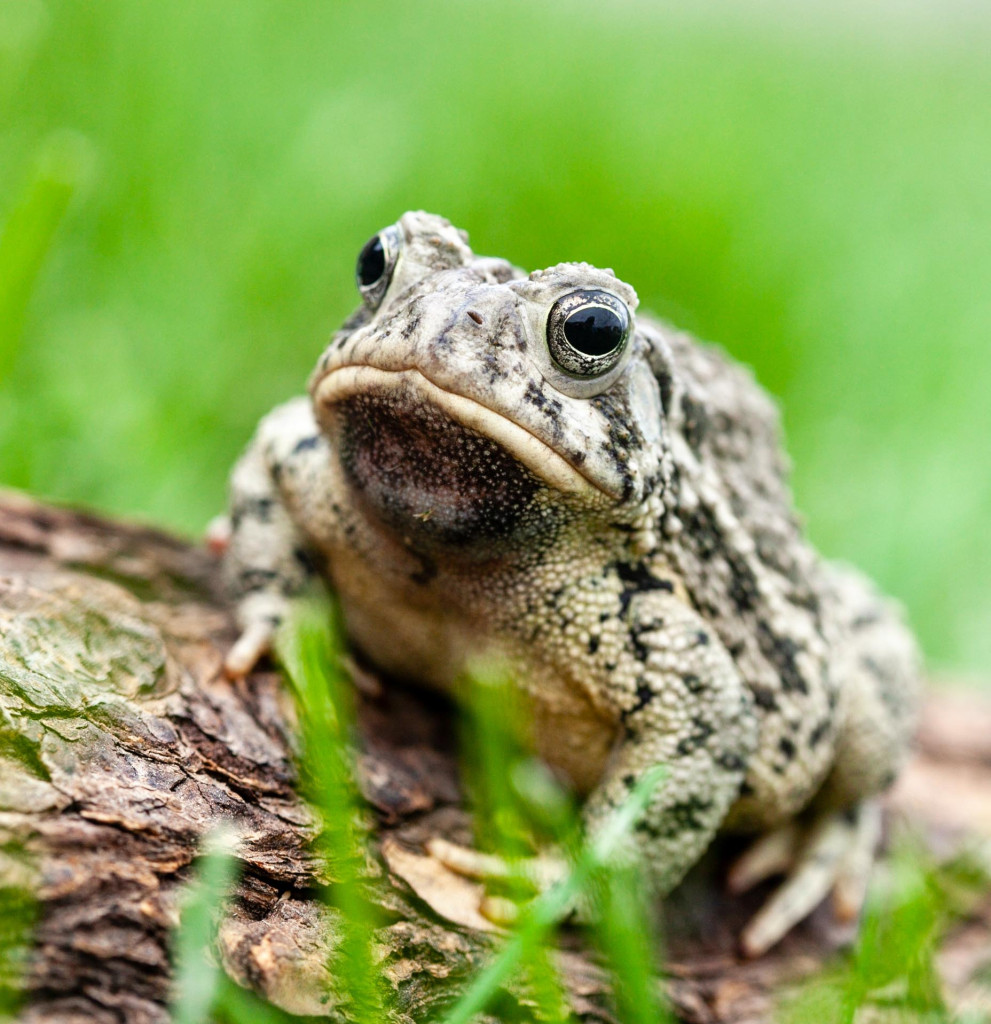
Best Time to Go Herping
This question has a definitive answer, but also a subjective answer: It all depends on what you want to find. The dead of winter would not be the best time to go herping in Nebraska. Most herps here are active from mid-March to the end of October, but this is dependent on temperatures and the wetness of the landscape. I have seen rattlesnakes basking outside their dens on extremely warm days in November.
Normally, Nebraska amphibians, such as salamanders, frogs and toads, come out of hibernation a tad earlier than reptiles. Many of these species are more cold tolerant than others, so it’s not unusual to potentially see a salamander on a warm day in February.
If you’re interested in looking for lizards and snakes, you may want to wait until April or May, depending on where you’re located and what species you are looking for. In the summer, or early spring, roads retain the last bit of heat from the day, so you may see many species sitting on the pavement and soaking up that warmth.
Many species of snakes are nocturnal, so sometimes “road cruising,” or driving on a highway at night, is the best way to see some of those creatures. Just be careful to not run over anyone! Road cruising during or right after a rainstorm is another great way to see amphibians. Not only do roads provide the heat that herps crave, but the rain also gets them moving.
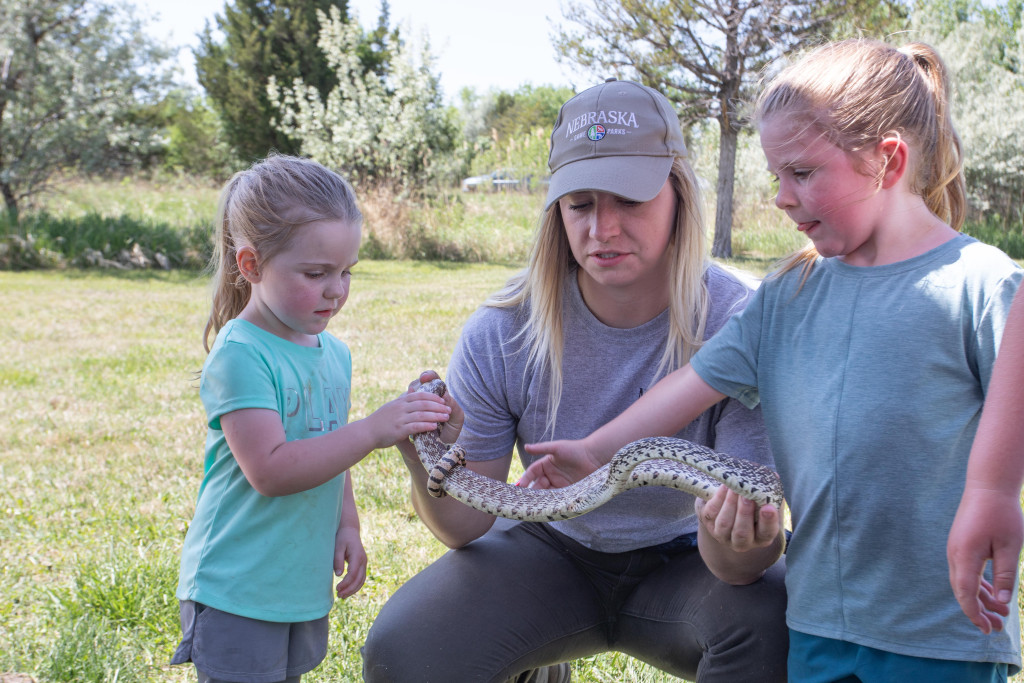
Herping Essentials
You can practice herping as intensely as you would like. You can go out empty handed and still be successful or you can take advantage of a few pieces of useful gear.
Normally, I wear hard-soled boots and employ a flashlight or a head lamp, a camera and lots of patience. Reptiles and amphibians are masters of camouflage and secrecy, so it may take a while to learn their habits. Often, I have gone out and only found a few animals in a day, and sometimes, you don’t find anything at all. Don’t get discouraged. Be patient and persistent!
Think Before You Flip
One of the techniques that many herpers use is known as “flipping.” This consists of moving a natural item, such as a log or rock, or a manmade item, like an old piece of tin, to see what animals may be underneath. You wouldn’t encounter many species without flipping, so it is a common practice. However, flipping can be destructive if it’s not done properly. Follow these tips when flipping to preserve the microhabitats underneath:
- Flip slowly — if someone tore off the roof of your house, it would be better if they removed it slowly rather than violently tearing it off, right?
- ALWAYS return the object to the exact position you initially found it.
- If you can’t return the object precisely, like a rotten log that would fall apart, leave it alone.

So, You Found a Herp!
Take a picture — I always try to document the critters I find because it’s fun to look back and have a picture to remember the day. Your photos could also provide data to other herpetologists in the state. Often, photos from the public have led to new county records of a particular reptile or amphibian. This information helps scientists better understand range extensions and habitat management for herps. Who knows, maybe you’ll even find a species that has never been found in Nebraska!
Respect all animals — A person should always give these critters space and respect, even the ones that are non-venomous. Picking up animals to better analyze them and see their colors and patterns can be fun, but I typically advise against this.
Although frogs and salamanders are harmless to us, they have absorbent and delicate skin that can be easily damaged by people handling them. The salts and oils on our hands can make them sick, especially if our hands are covered in sunscreen or bug spray.
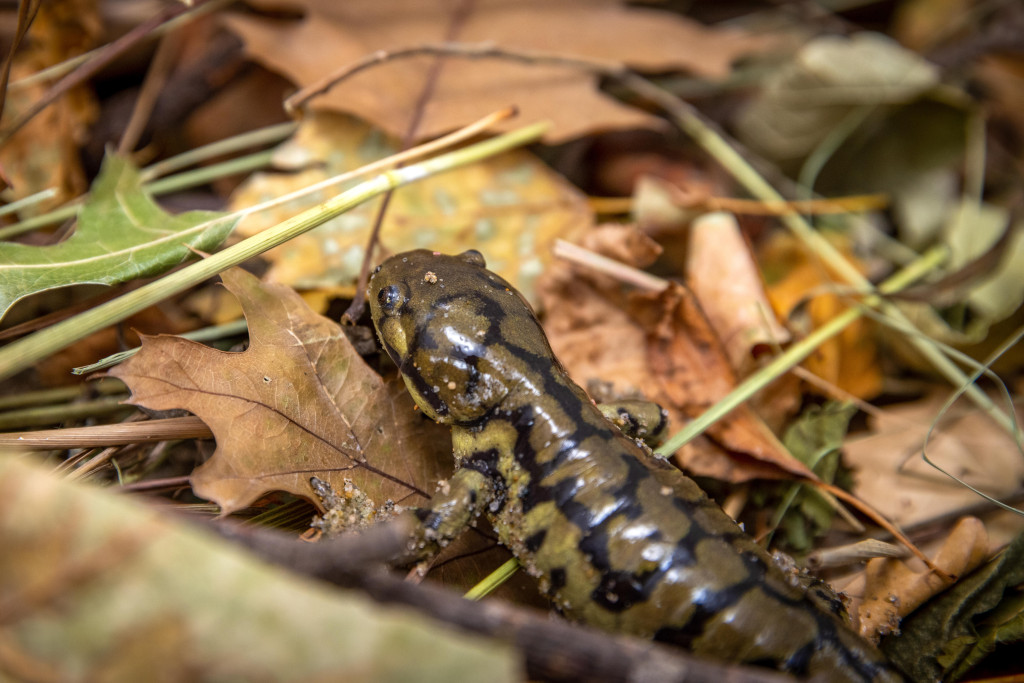
We also tell people not to pick up snakes and lizards. A lizard’s tail can be easily broken off, and snakes could potentially bite. Even though Nebraska is home to only four venomous species, it’s sometimes hard to identify them, especially if you are new to the field.
Share your photos and stories with friends, family and other scientists. There are many people who think frogs and snakes are gross, but it is up to us “herpers” to convince people that these animals are special and need protection. At the very least, we can teach friends and family that just because an animal scares or repels them, it doesn’t mean that the animal deserves harm.
Do Not Take Herps Home
There is no reason to collect animals, be it for a temporary or permanent reason. Many reptiles and amphibians can be difficult to care for due to their specific requirements for feeding, light, heat and space. Some of these animals have massive home ranges or a very specific diet that is impossible to replicate in captivity.
If an animal is removed from its environment, it cannot be released again. Even if only in your care for a short time, these animals have the potential to be exposed to pathogens that they could harbor and spread to others in the environment.
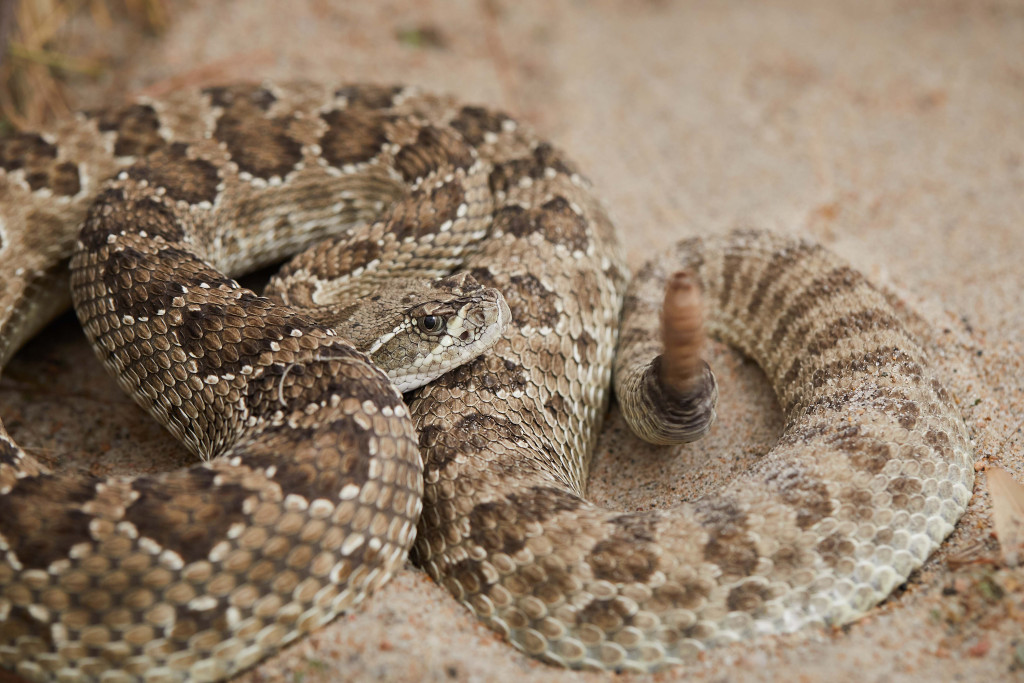
Also, many species of herps in Nebraska require a special permit from the Nebraska Game and Parks Commission to harbor and many are illegal to possess or even touch.
Herping is a fabulous pastime that the whole family can enjoy. Many of these animals have unique colors and patterns, amazing life histories and cool adaptions. Whether you’re looking for a rare western slender glass lizard or simply want to see a bunch of northern painted turtles basking in the river, there is always something out there waiting to be observed.
For more information on reptiles and amphibians in the state, visit https://outdoornebraska.gov/learn/nebraska-wildlife/nebraska-animals/reptiles-and-amphibians/. If you would like to share stories and photos with us, we would love to see them. Connect with Nebraska Wildlife Education on Facebook and Instagram.
 Nebraskaland Magazine
Nebraskaland Magazine


